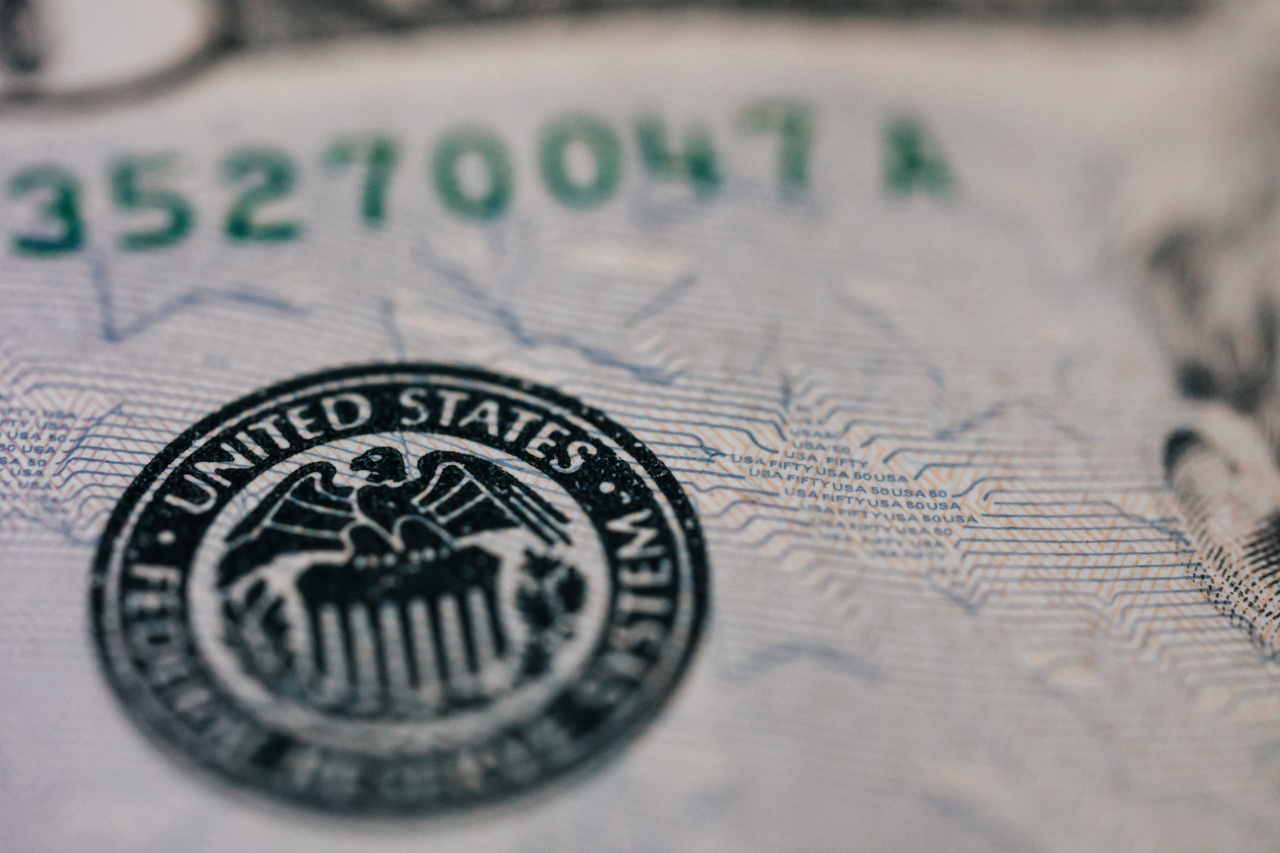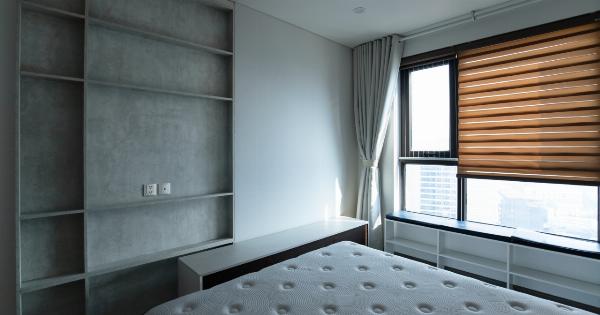A good night’s sleep is essential for a healthy and happy life. However, what if we told you that your mattress is a breeding ground for hidden bacteria? While we know to wash our linens regularly, the mattress itself is often overlooked.
In this article, we will share tips on how to shield yourself from hidden bacteria in your mattress.
What Causes Bacteria in Your Mattress?
It’s important to understand what causes bacteria to grow in your mattress. Every night we shed millions of skin cells that accumulate on our bed. This creates a favorable environment for bacteria and dust mites to thrive.
Additionally, moisture from sweating or spills can cause mold and mildew to grow. As a result, our mattresses can harbor harmful bacteria that can cause allergies and respiratory issues.
Clean Your Mattress Regularly
The first step in shielding yourself from bacteria in your mattress is to clean it regularly. You should vacuum your mattress every few months to remove any dust, hair, and dead skin cells.
Additionally, spot clean any spills or stains as soon as they happen to prevent mold or mildew growth. Invest in a mattress protector that can be easily removed and washed. This will provide an extra layer of protection from spills and dust mites.
Change Your Bedding Frequently
Changing your bedding frequently is another important step in preventing bacteria growth in your mattress. Aim to wash your sheets, pillowcases, and blankets every one to two weeks.
Be sure to use hot water and a disinfectant detergent to kill any bacteria or germs. Avoid air drying your bedding outside, as this can expose it to outdoor allergens and bacteria.
Invest in a High-Quality Mattress
Investing in a high-quality mattress can also reduce the risk of bacteria growth. Opt for a mattress made from natural materials like organic cotton or wool.
These materials are naturally resistant to bacteria and wick away moisture to prevent mold and mildew growth. Additionally, a high-quality mattress can provide better support for your body, reducing the risk of back pain and other discomforts that can disrupt sleep and compromise your immune system.
Use a UV-C Sanitizer
A UV-C sanitizer is an excellent tool for killing bacteria and germs in your mattress. This device emits UV light that damages the DNA of bacteria and viruses, rendering them inactive.
You can use a UV-C sanitizer to clean your mattress, pillows, and other bedding items. Follow the manufacturer’s instructions carefully, and ensure that you wear protective gear when using the device. It’s also important to note that UV-C light can cause damage to your skin and eyes, so use caution when handling the device.
Avoid Eating in Bed
While it’s tempting to eat, work or watch TV in bed, it’s best to avoid doing so. Food crumbs and spills can attract bacteria, dust mites, and other pests that can cause allergies and respiratory issues.
Additionally, the crumbs can attract bed bugs, which are notoriously difficult to get rid of. If you must eat in bed, use a tray or placemat to prevent spills and crumbs from getting into your mattress.
Air Out Your Mattress
Finally, it’s a good idea to air out your mattress regularly. This will allow any accumulated moisture to evaporate, reducing the risk of mold and mildew growth. To do this, remove all bedding and open your windows to allow fresh air to circulate.
You can also prop your mattress against a wall or fence outside to expose it to sunlight and fresh air. Aim to do this every few months.
Conclusion
Shielding yourself from hidden bacteria in your mattress requires a combination of cleaning, maintenance, and prevention.
By following the tips outlined in this article, you can ensure that your mattress is clean, hygienic, and free from harmful bacteria and germs. A good night’s sleep awaits!.































